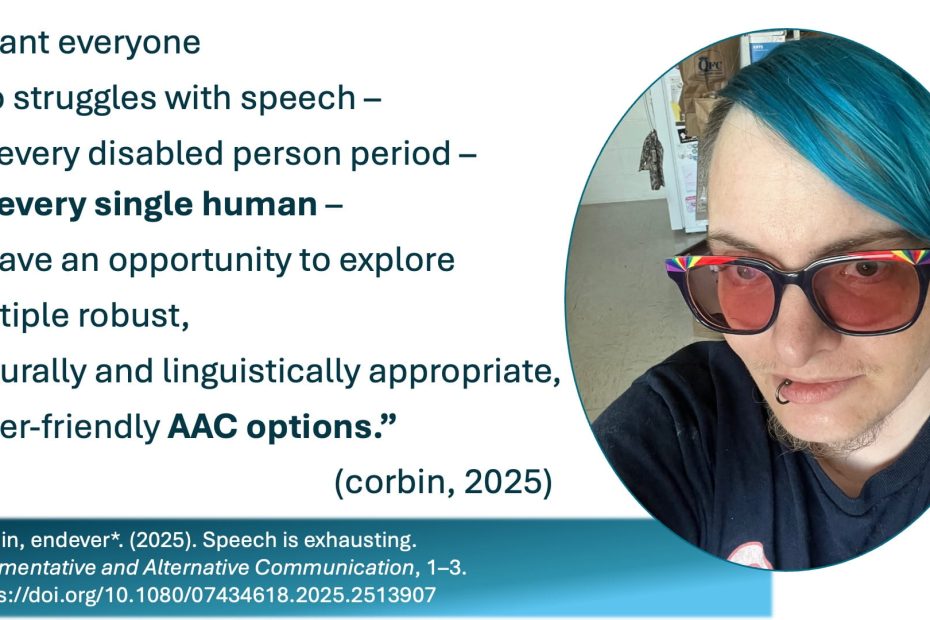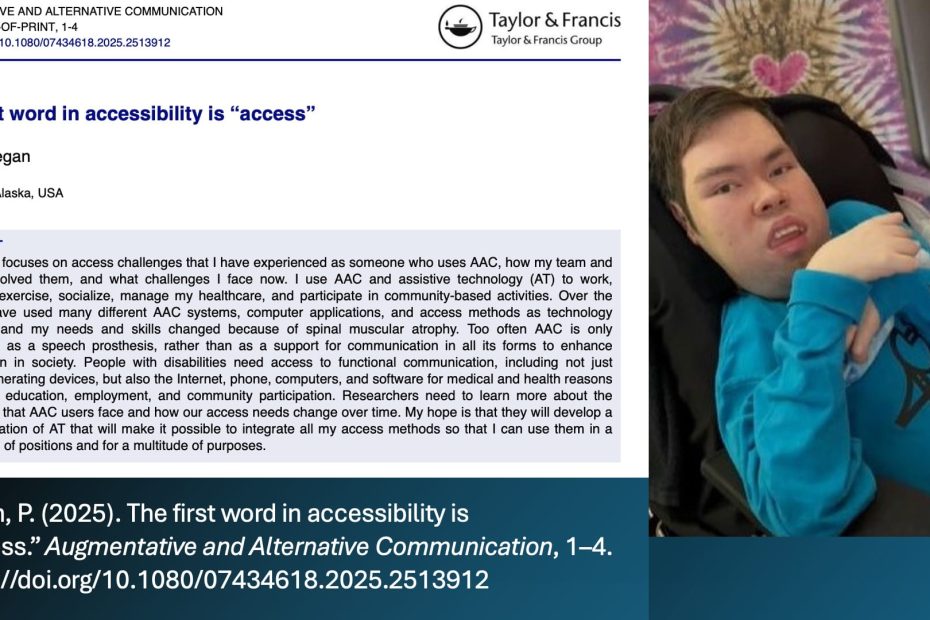Free ePrint available
The iPad and other mobile technologies provide powerful new tools to potentially enhance communication for individuals with developmental disabilities, acquired neurogenic disorders, and degenerative neurological conditions. These mobile technologies offer a number of potential benefits, including: (a) increased awareness and social acceptance of augmentative and alternative communication (AAC), (b) greater consumer empowerment in accessing AAC solutions, (c) increased adoption of AAC technologies, (d) greater functionality and interconnectivity, and (e) greater diffusion of AAC research and development. However, there remain a number of significant challenges that must be addressed if these benefits are to be fully realized…

